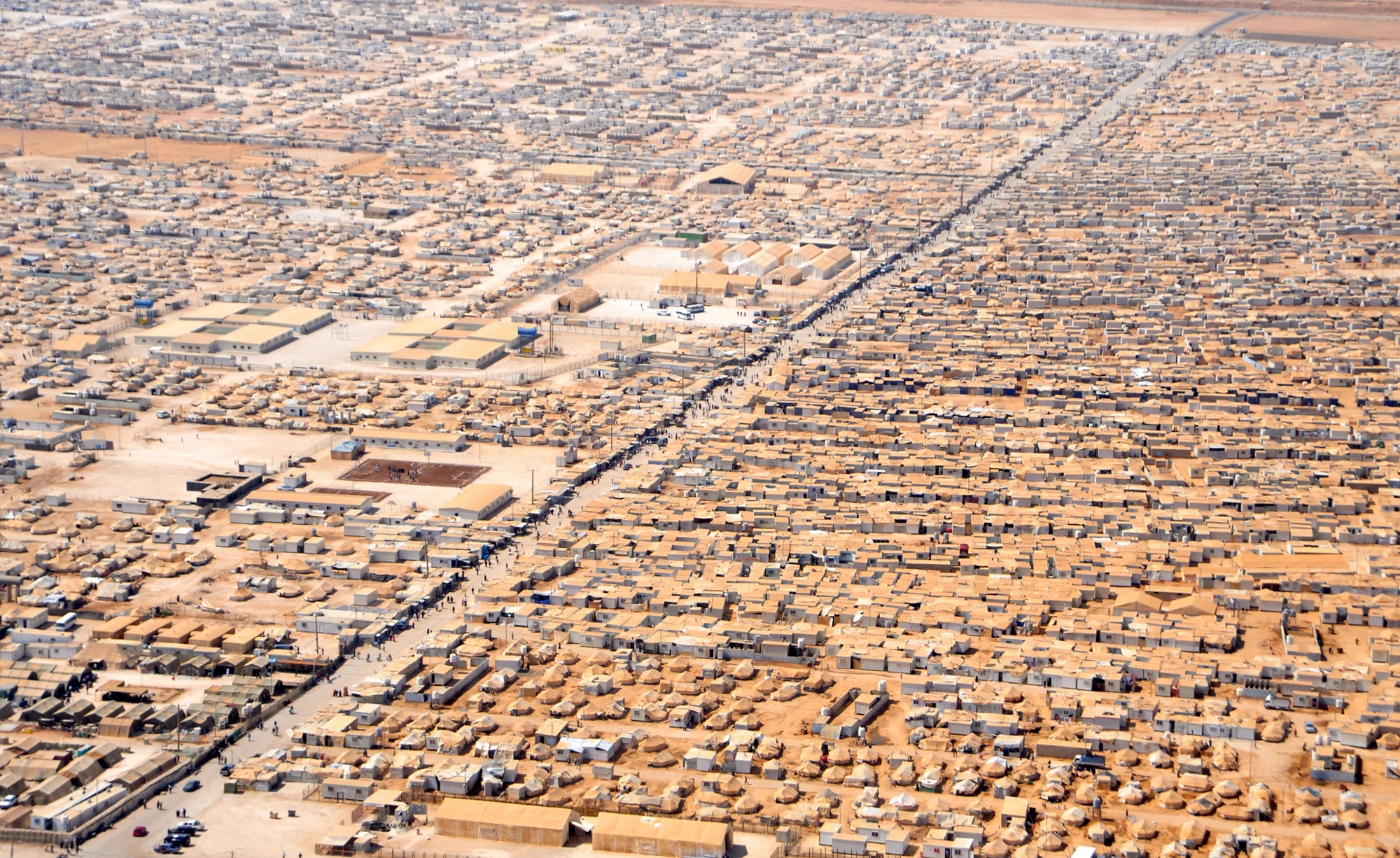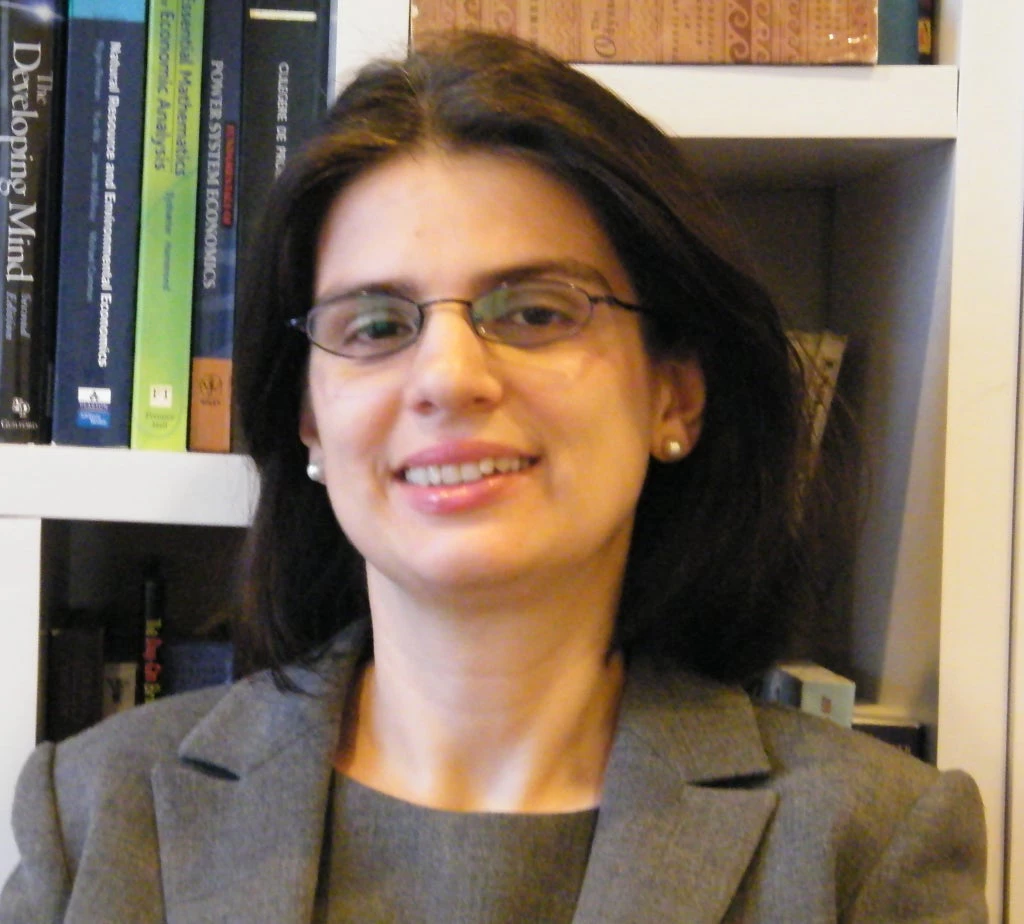
You shall leave everything you love most; this is the arrow that the bow of exile shoots first,” wrote Dante in The Divine Comedy.
For most of the estimated 65 million displaced people around the world, every day is a struggle. Having survived a tumultuous journey in the hope of beginning anew, how does a displaced person begin to heal and plant roots in a strange new land?
During the World Bank’s last Spring Meetings, the Bank was challenged to help address the global refugee crisis by considering ways of providing displaced populations with a chance at prosperity in their new place of dwelling. Proper planning and provision of infrastructure services is a cornerstone in this effort.
The Paradox of Permanent Temporariness
Refugee camps are usually built with the goal of offering a temporary sanctuary for the displaced, which means energy services are intended to be short term. But refugees frequently stay in camps much longer than expected and the need for energy services stretch over many years, well beyond their intended capacity.
That means, existing infrastructure comes under great pressure, often resulting in scant to no access to modern forms of energy for those who need it the most. While short-term humanitarian solutions are economically unsustainable, the alternate -- longer-term solutions -- can send politically undesirable signals to the host country when proposed too early.
According to a recent Chatham House report, nine out of 10 refugees live in settlements that lack access to electricity and most do not have light at night. Nearly 61% of households in Kenya's Dadaab, the world’s largest refugee camp, rely on one candle per day. Residents in Burkina Faso’s Goudoubo camp need 100 kg of firewood per month for cooking.
The refugee crisis is as much a global energy challenge as it is a humanitarian one.
Innovative Technology, Financing and Governance Solutions Wanted
Paul Romer, the World Bank’s new Chief Economist, recently proposed a “charter city” model for low-income countries, in which the host country turns over responsibility for a city to a more developed trustee nation, thus enabling a charter of governance rules to emerge. We estimate that applying this “charter city” concept to refugee camps could fundamentally transform these fragile environments. A refugee charter city with a clear set of norms allows the population to govern itself, enabling them to rearrange resources and develop markets tailored to their needs, triggering economic development.
Given that the average stay in a refugee camp is 17 years, should we not give this notion of a refugee charter city serious consideration? This could give displaced populations a chance to lay down new roots, mobilize investment, and generate sustainable jobs. In an ideal situation, and with an influx of private capital, not only would humanitarian aid become less essential, but the charter refugee cities would increase trade with host countries leading to positive spillover effects for them.
Experimental refugee charter cities must start with the establishment of high-quality, efficient energy services. Better access to energy supports entrepreneurs and small businesses. Furthermore, off-grid, renewable energy solutions and clean cookstoves improve air quality within refugee camps and reduce greenhouse gas emissions. Donor funding can be used to catalyze private sector participation in the provision of energy services. Competitive procurement will identify least-cost technological solutions. Portable energy infrastructure, such as mini-grids and solar farms, could be deployed under rental or lease-to-own terms, to alleviate financial risks. In-camp manufacturing and maintenance of energy facilities would alleviate costs and create jobs.
What's Next?
In this conceptualized model, refugee charter cities will need to attract private sector entrepreneurs to scale-up sustainable energy access using an array of market-tested energy products and services suitable for remote and isolated areas. International Financial Institutions (IFIs) could offer their expertise in the following areas:
- Developing business models for off-grid, sustainable energy
- Blending and combining public, humanitarian and private finance
- Implementing approaches to harness data on in-camp energy consumption and willingness to pay
- Evaluating tariff-setting mechanisms and cost-recovery schemes
- Building capacity of humanitarian agencies and refugee camp leaders, and much more


Join the Conversation